Conference board consumer confidence rose to 128.7 in April, up from 127.0. That’s also notably higher than expectation of a fall to 126.0.
Comments by Lynn Franco, Director of Economic Indicators at The Conference Board:
- “Consumer confidence increased moderately in April after a decline in March.
- “Consumers’ assessment of current conditions improved somewhat, with consumers rating both business and labor market conditions quite favorably.
- Consumers’ short-term expectations also improved, with the percent of consumers expecting their incomes to decline over the coming months reaching its lowest level since December 2000 (6.0 percent).
- Overall, confidence levels remain strong and suggest that the economy will continue expanding at a solid pace in the months ahead.”
Other data from US:
- New home sales rose to 694k annualized rate in March, up from 667k, beat expectation of 625k.
- S&P Case-Shiller 20 cities house price rose 6.8% yoy in February, above expectation of 6.3% yoy.
- House price index rose 0.6% mom in February, met expectation.




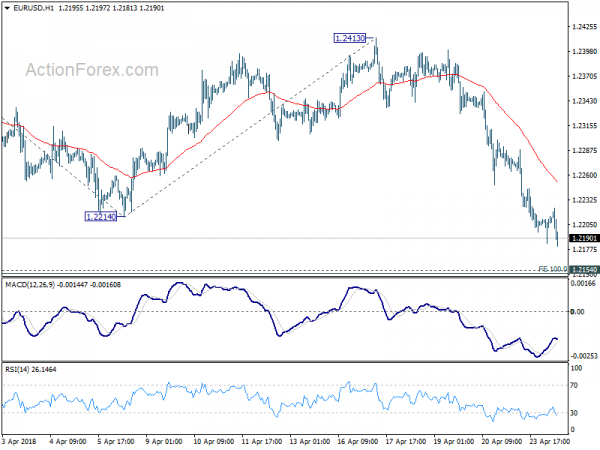
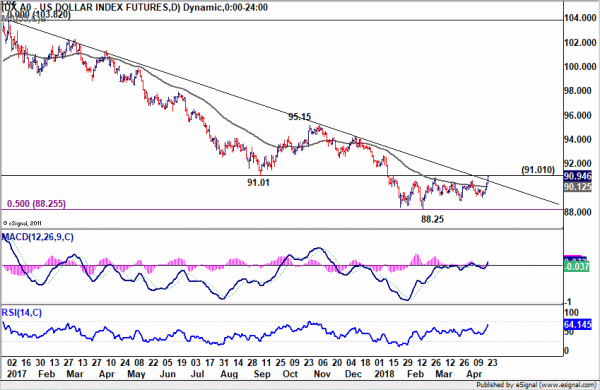
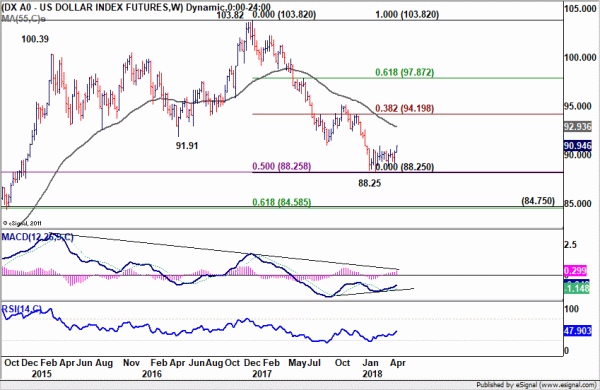
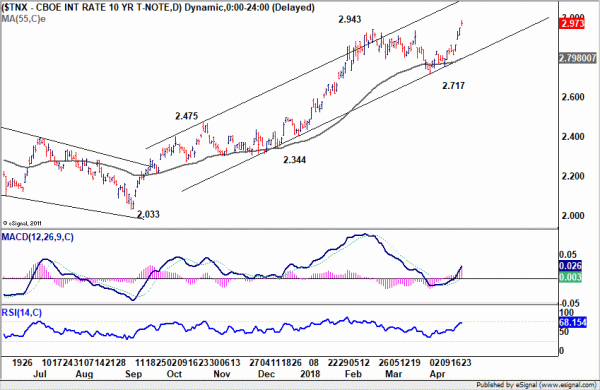
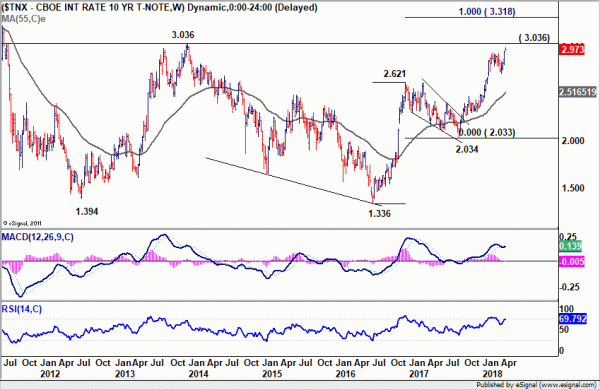
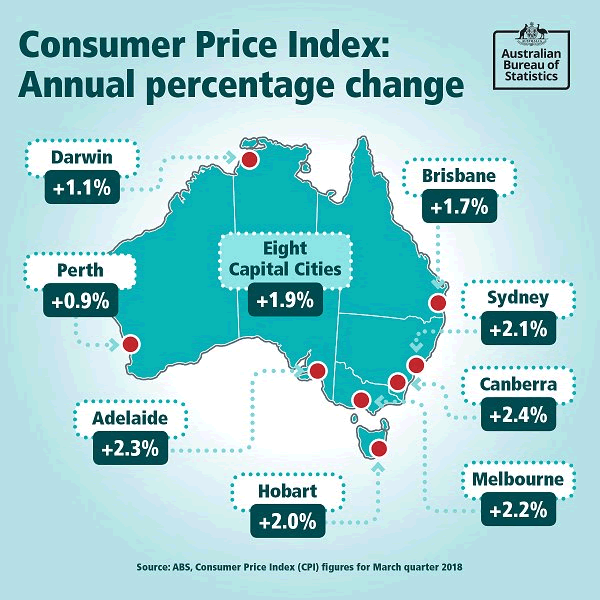
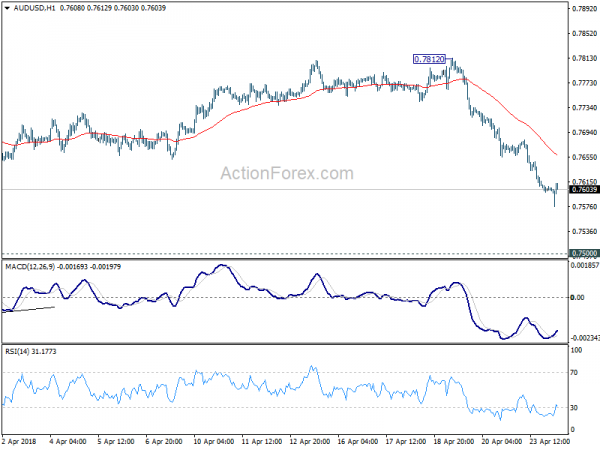
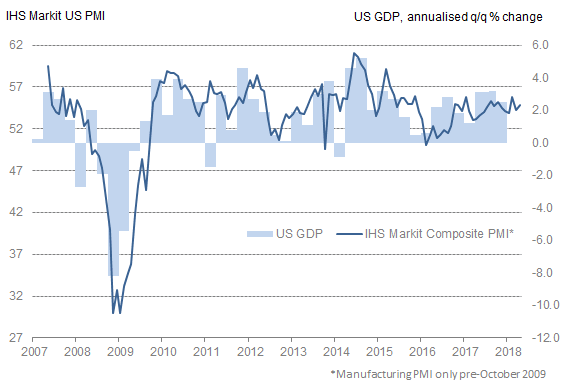
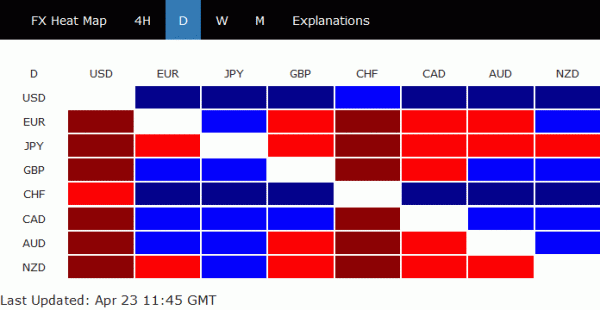
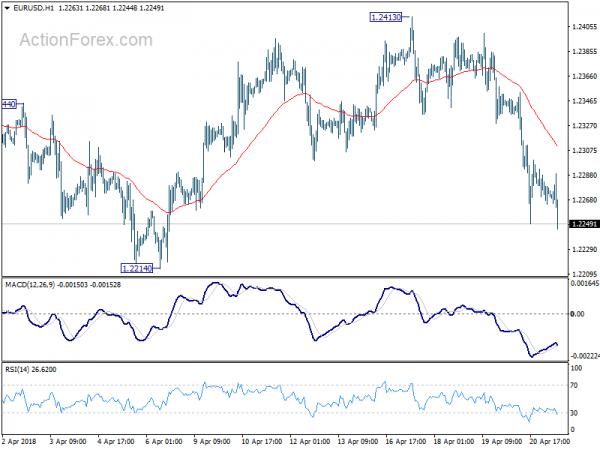
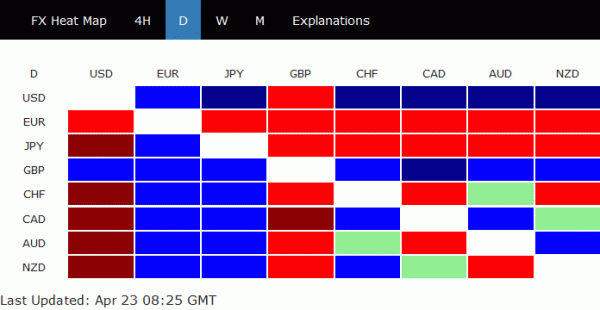
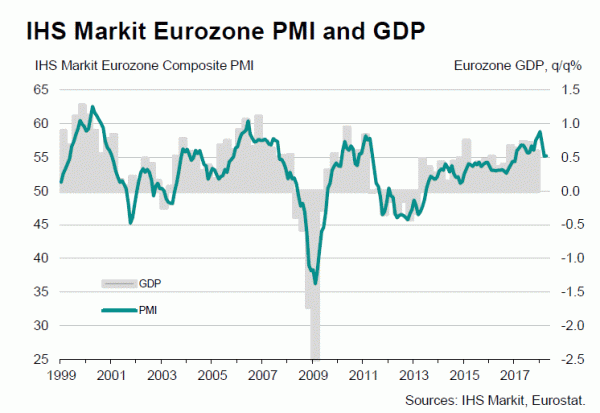

JPY dives as US yield breaches 3%, EUR/JPY resumes rebound from 128.94
JPY is sold off broadly in early US session as 10 year yield breaches 3% level, extending recent rally. But USD continues to consolidation against most other major currencies, including EUR and GBP, AUD and CAD.
EUR/JPY defies gravity again as it surges through 133.08 to resume the rebound from 128.94. That’s mainly thanks to the selloff in JPY though. For now, further rise would be seen but as the rebound from 128.94 is seen as a corrective move, we’ll looking for topping again around 61.8% retracement of 137.49 to 128.94 at 134.22.